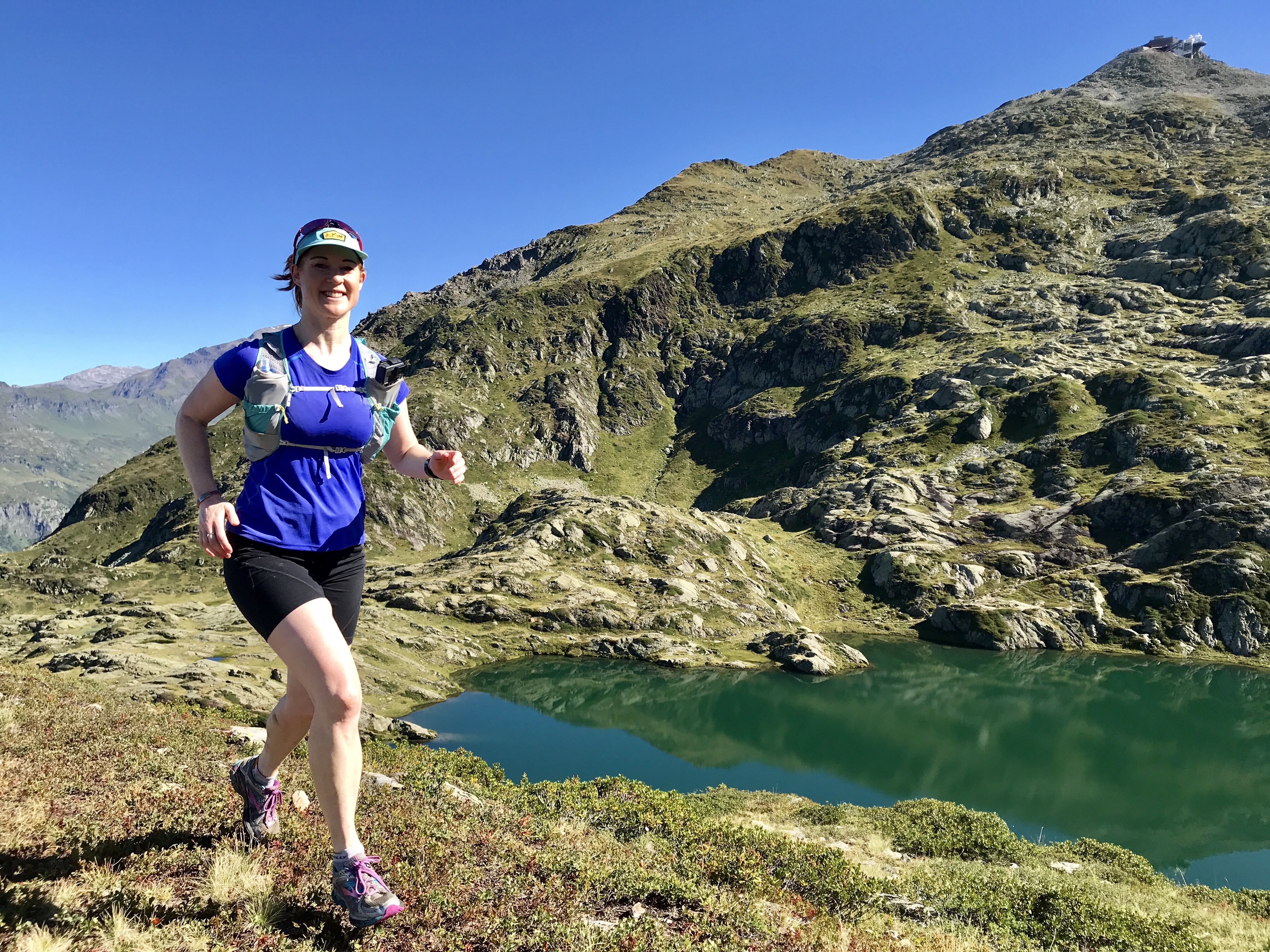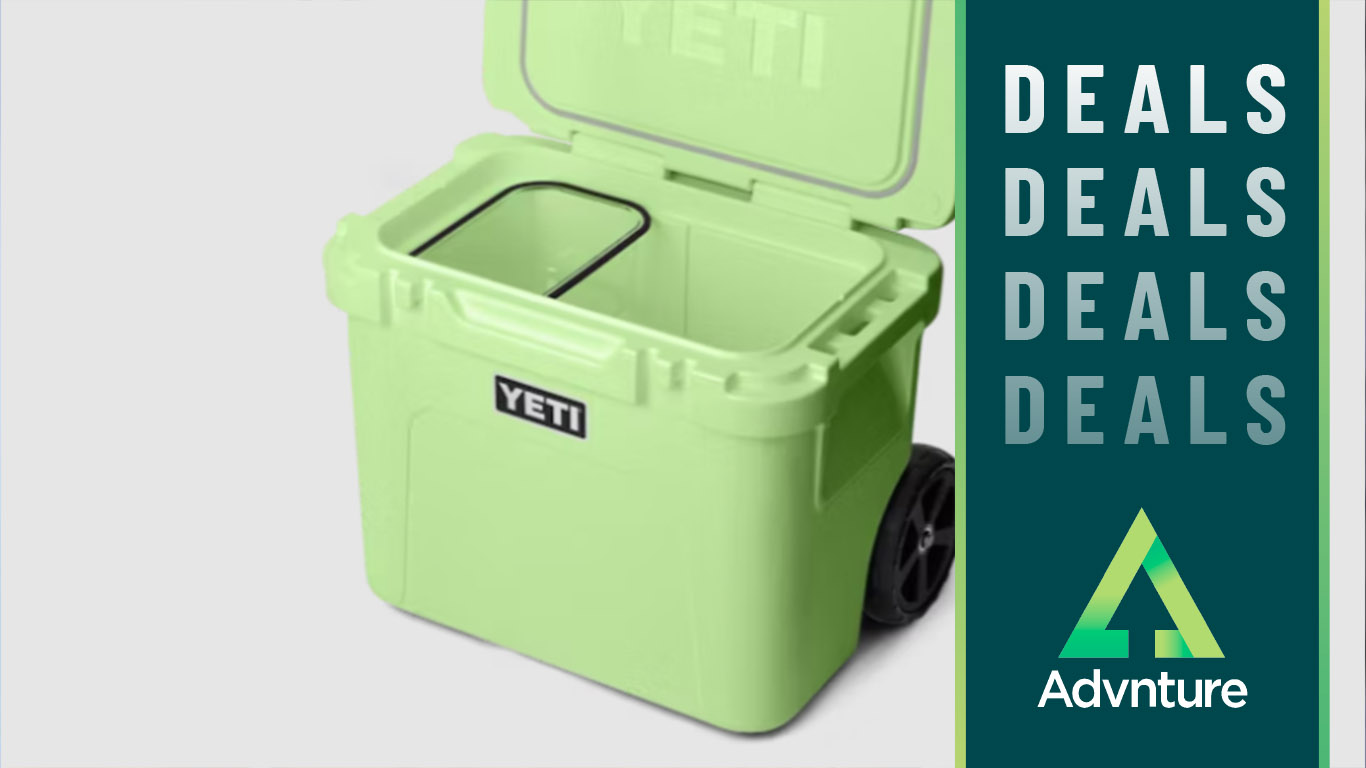3 strength moves every trail and ultra runner should try
Improve your performance with these three easy reps
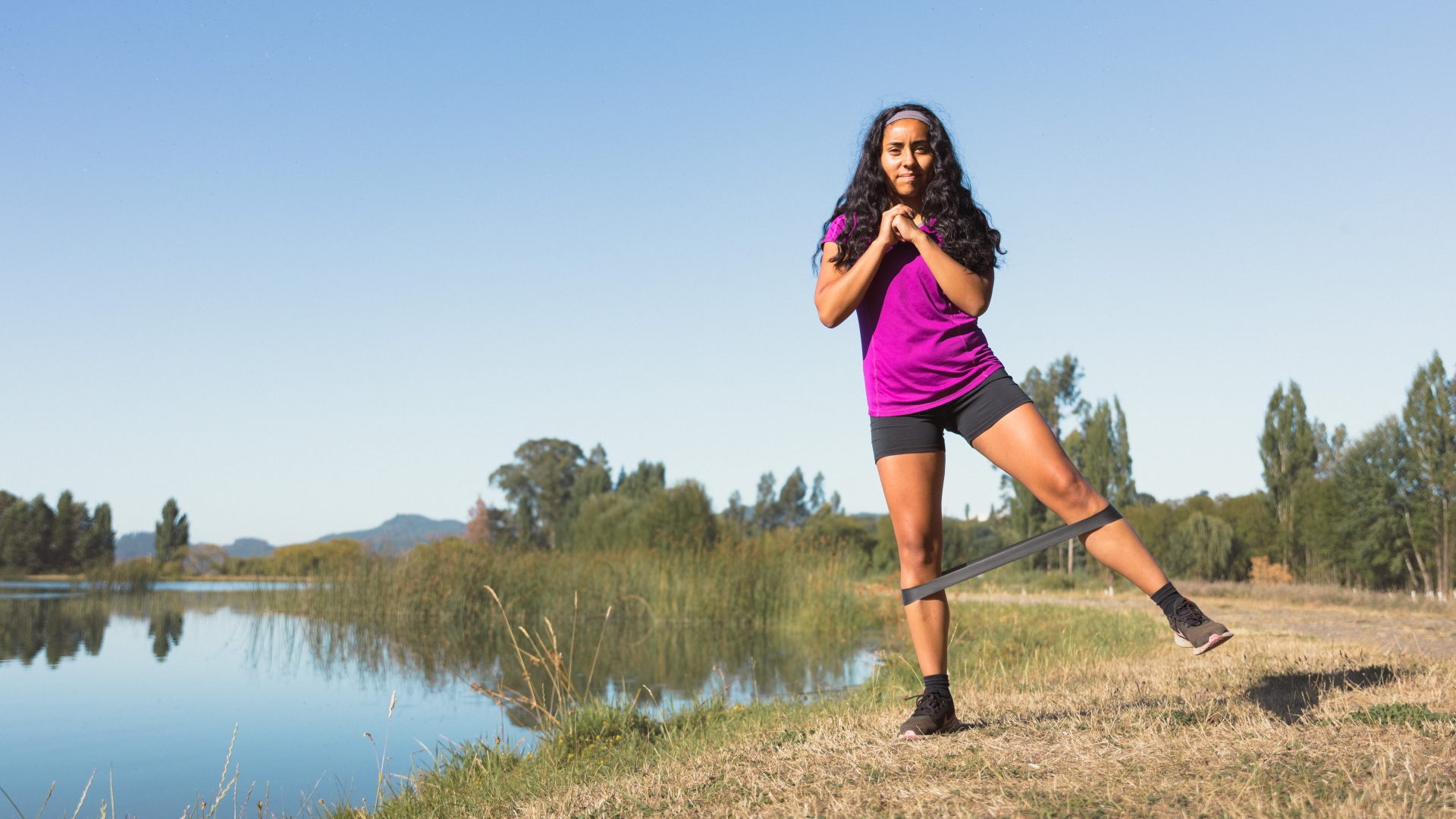
Why is it that despite knowing how beneficial strength work is to injury prevention, better running economy and quicker recovery, most trail and ultra runners prefer to do an extra run rather than stop to lift heavy things up and down? Maybe it’s because it can often feel a little bit, well, boring – but get your favorite upbeat music on and dig out your dumbbells because podiatrist Nick Knight from NK Active says, “The further and more frequently you want to run, the more vital strength work becomes as the foundation from which trail and ultra runners can build.”
Better still, Nick says you only have to do three key strength moves for better performance and injury risk reduction. “If you only find time to do these three moves – just one per day without any weights – that’s a great deal better than doing nothing,” says Nick. “Finding regular time slots that fit in with your life helps. Whether you are new to trail running or an experienced ultra runner, you will see positive benefits from strength training. These include running for longer without feeling tired, reducing your risk of injury and enjoying running even more.”
Every runner’s personal needs will differ, but here are Nick’s three essential strength moves.
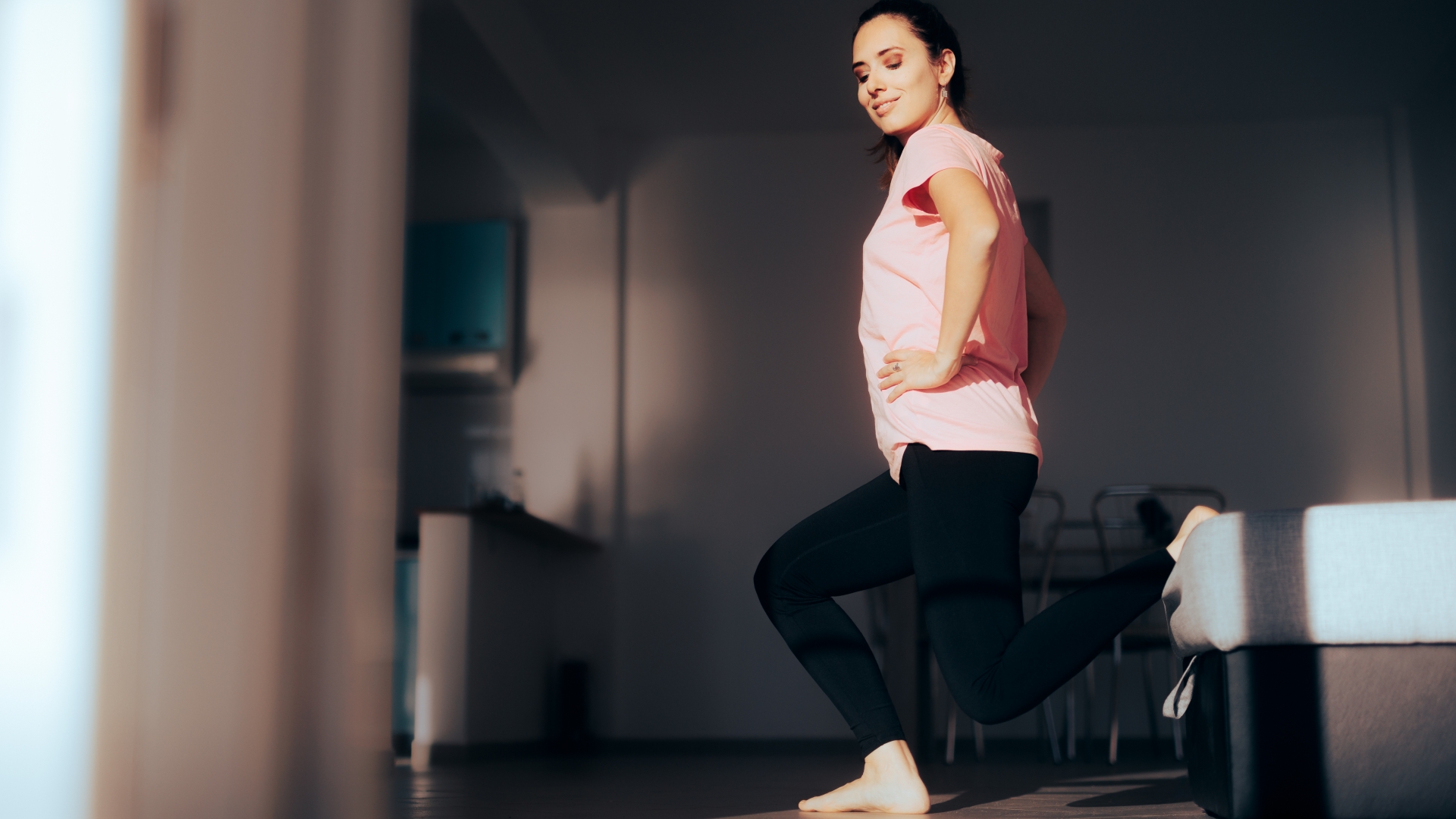
1. Straight and bent leg calf raises
When: Getting ready in the morning
Works: Soleus and gastrocnemius (calf muscles)
Stand with the ball of one foot on the edge of a stair or step. Keep the leg straight, then raise the foot up and down, lightly holding the banister for balance. Repeat on the other leg. Then isolate the smaller but very important soleus muscle by bending the knee to perform the same move. To help you bend the knee more towards 90 degrees during this move you can use a towel around a banister to lean further back into the squat. Make this move harder by wearing a backpack with weights in.
2. Bulgarian split squat
When: Watching TV
All the latest inspiration, tips and guides to help you plan your next Advnture!
Works: All the leg muscles and core stability
Place one foot on a sofa or chair, the other foot further forward, squat down until the knee makes a right angle, then push back up. This works the whole posterior chain including your glutes, hamstrings, quads and gives you a bonus hip flexor stretch too. Make it harder by wearing a backpack or holding a couple of heavy-duty carrier bags loaded with weighty kitchen items. You might even have a compliant baby or toddler you can use as a weight – mine is way too wriggly! Placing a cushion underneath the foot on the floor also makes it harder because of the unstable surface.
3. Crab walk
When: While the kettle boils
Works: Glutes (bum muscles)
Put a resistance band around your feet, bend your knees slightly, keep your feet shoulder width apart and walk sideways up and down your kitchen and hall. It will feel easy at first but soon your glutes will be on fire. This is also a great warm-up exercise to activate your glutes before you go for a run. When it gets easy, use a stronger resistance band. If you don’t have a resistance band, try clam shells: lie down on one side with knees bent at a right angle. Lift the upper knee, keeping the feet together, making sure you use the glutes (bum muscles) to facilitate the movement rather than your quads (thigh muscles).
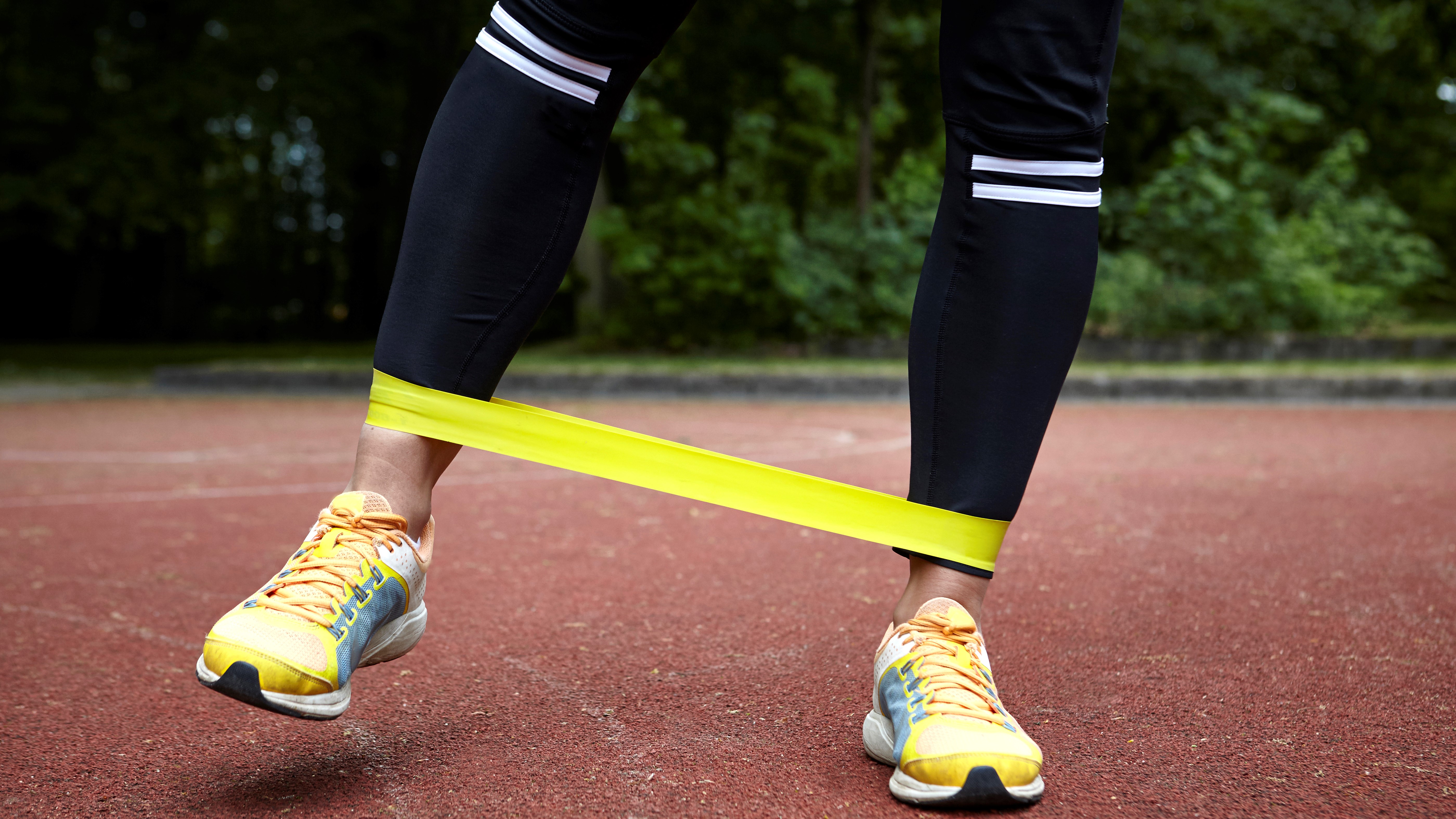
Important questions about strength work
Why is strength work important?
The World Health Organization (WHO) has updated its weekly exercise recommendation to include 3 x 18 minutes of strength work in addition to the 3 x 30 minutes of cardiovascular activity because strength work has such a fantastic impact later on in your life, leading to lower risk of falls and a longer life expectancy.
How many reps and how heavy?
To start with, just get used to fitting these exercises into your life – doing one per day is better than none per day. Then, for maximum strength-building efficiency, you want to use a weight that gives you an RPE (Rate of Perceived Exertion) of seven, where zero is no effort at all and 10 is maximal effort. Do no more than five sets of five-to-eight reps. Doing 20 of these moves at an RPE of five will build endurance but not strength so, once you can do the move with correct form, it’s more efficient strength work to up the weight and do fewer reps.
Help! I’m a runner! I don’t have any dumbbells!
Don’t worry, they’re handy, but you don’t actually need dumbbells or a gym when you first introduce strength work into your life. Start by filling your running pack or a hiking backpack with filled water bottles and other heavy things like bricks, books, flour and tins of baked beans. Nick says, “We have strength-tested Tesco bags for life and found that they can carry 65kg!” So with a couple of those, you can easily achieve the weight you need for these moves. A set of resistance bands, however, is a very useful investment and they don’t take up much space at all in your home.
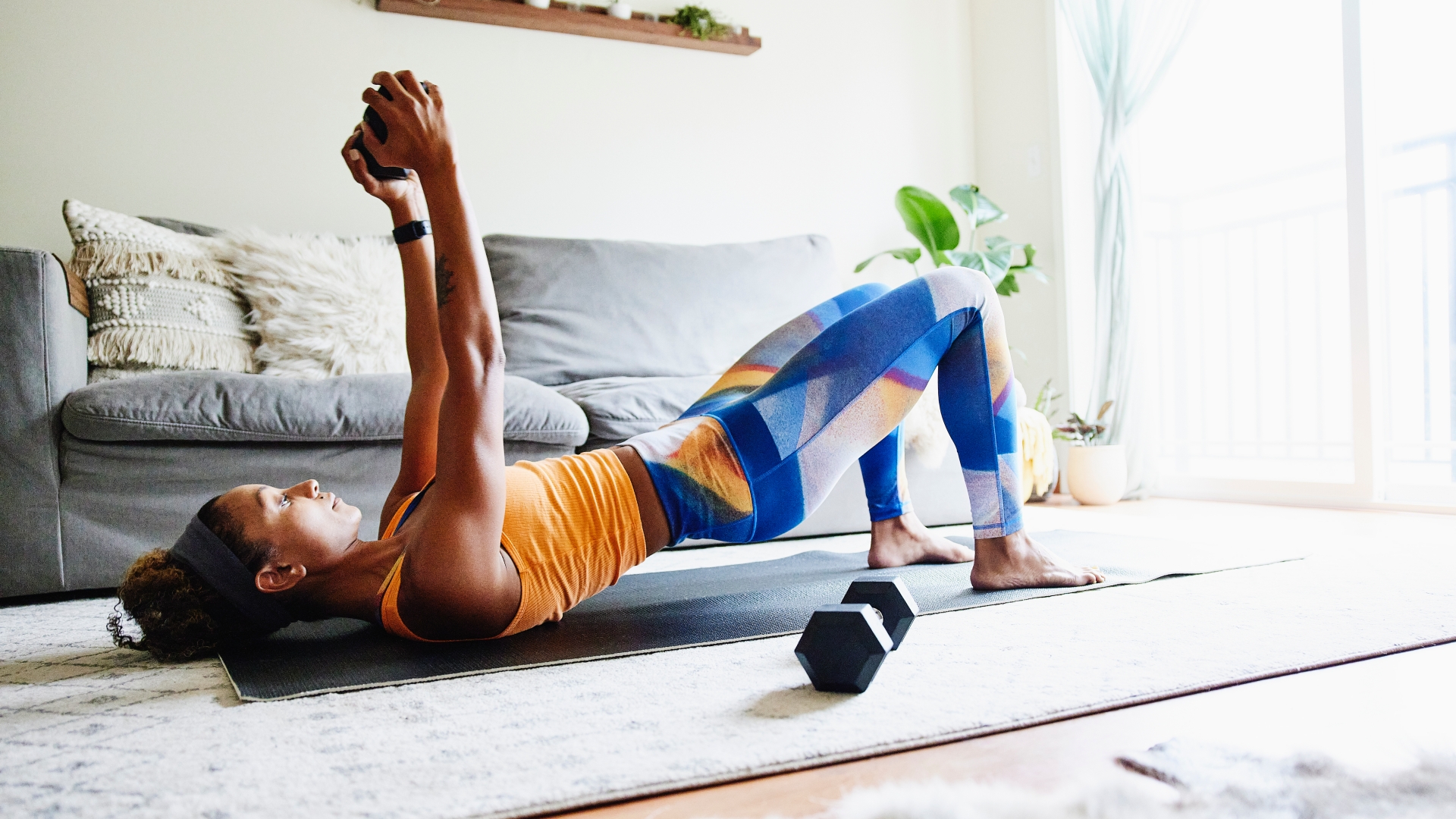
Will I bulk up lifting heavy weights?
Short answer, no. Longer answer: you won’t look like a bodybuilder without a great deal of targeted effort, dedicating many, many hours in the gym, and eating the perfect balance of nutrition. Doing one or two short heavy lifting sessions per week alongside several runs is great for building a toned, strong running body, not a bulky gym-bunny body.
The co-founder and former editor of Trail Running magazine, Claire now runs the YouTube channel Wild Ginger Running, creating films about trail- and ultra-running advice, inspiration, races and gear reviews. An award-winning journalist, writing for outdoor and adventure sports magazines and websites, Claire's first book, The Ultimate Trail Running Handbook (5k to 50k), is out now. Her second, The Ultimate Ultra Running Handbook (50k to 100 miles), is out Autumn 2024. Claire also speaks and presents at events and races.
